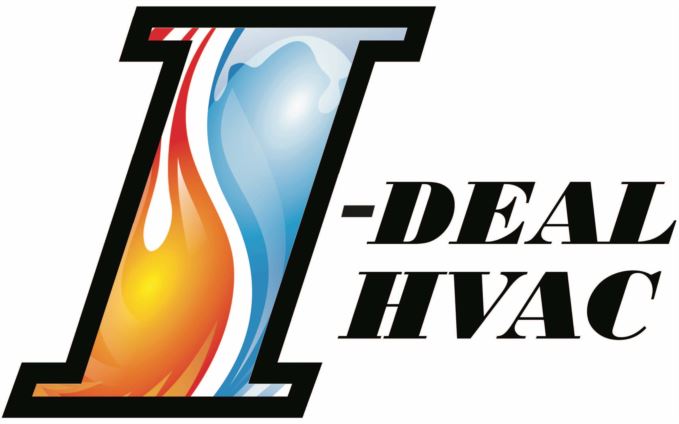
You might not think a lot about how your air conditioner works, but it requires refrigerant to keep your home cool. This refrigerant is bound by environmental regulation, as it contains chemicals.
Subject to when your air conditioner was installed, it may require R-22, R-410A or R-32 refrigerant. We’ll discuss the differences and which air conditioner refrigerants are being phased out in Albuquerque, in addition to how these phaseouts have on influence on you.
What’s R-22 and Why Is It No Longer Being Made?
If your air conditioner was put in before 2010, it probably has Freon®. You can learn if your air conditioner uses it by contacting us at 505-445-1250. You can also inspect the name plate on your air conditioner condenser, which is found outside your home. This sticker will contain info on what type of refrigerant your AC has.
Freon, which is also referred to as R-22, has chlorine. Scientists consider Freon to be damaging to the earth’s ozone layer and one that prompts global warming. The Environmental Protection Agency, which manages refrigerants in the United States, outlawed its manufacture and import in January 2020.
I Have a R-22 Air Conditioner. Should I Replace It?
It differs. If your air conditioning is operating fine, you can continue to run it. With routine air conditioner maintenance, you can expect your AC to operate around 15–20 years. However, the Department of Energy says that removing a 10-year-old air conditioner could save you 20–40% on summertime cooling costs!
If you don’t install a new air conditioner, it can create a problem if you need air conditioning repair in the future, specifically for refrigerant. Repairs may be more expensive, as only small quantities of recycled and reclaimed R-22 is available.
With the end of R-22, most new air conditioners now have Puron®. Also referred to as R-410A, this refrigerant was developed to keep the ozone layer in good shape. Since it needs a varying pressure level, it isn’t compatible with air conditioners that rely on R-22 for cooling.
However, Puron still has the possibility to create global warming. As a consequence, it may also sometime be discontinued. Although it hasn’t been communicated yet for residential air conditioners, it’s likely sometime this decade.
What Refrigerant Will Take the Place of R-410A?
In preparation of the phaseout, some brands have started using R-32 in new air conditioners. This refrigerant is classified low for global warming likelihood—around one-third less than R-410A. And it also reduces energy expenditure by approximately 10%, according to the Intergovernmental Panel on Climate Change’s Fourth Assessment Report. That’s savings that might be passed on to you through your cooling bills.
I-Deal HVAC Can Help with All Your Air Conditioning Needs
In summary, the changes to air conditioner refrigerant probably won’t impact you a whole lot until you need repairs. But as we discussed previously, repairs connected to refrigerant might be more expensive due to the restricted amounts on hand.
Not to mention, your air conditioner typically breaks down at the worst time, often on the muggiest day when we’re experiencing lots of other appointments for AC repair.
If your air conditioner requires a phased out refrigerant or is getting old, we advise installing a new, energy-efficient air conditioner. This ensures a trouble-free summer and may even lower your cooling expenses, especially if you select an ENERGY STAR®-rated system. Plus, I-Deal HVAC provides many financing options to make your new air conditioner work with your budget. Contact us at 505-445-1250 to get started today with a free estimate.
